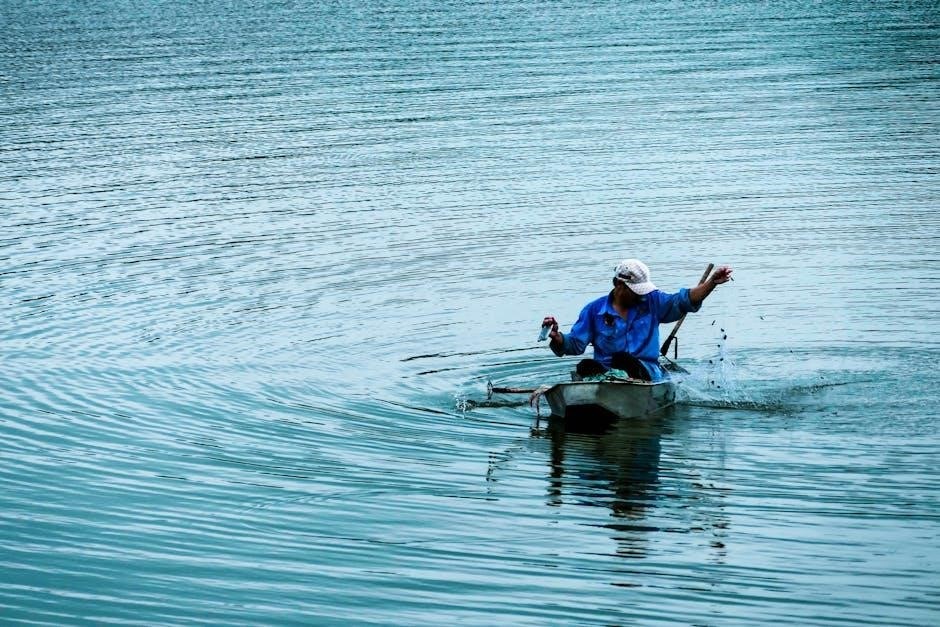self guided fishing alaska
Self-guided fishing in Alaska offers anglers the freedom to explore pristine waters independently; Perfect for experienced anglers, it allows you to chart your own course and connect with nature.
What is Self-Guided Fishing?
Self-guided fishing in Alaska allows anglers to plan and execute their trips independently, renting boats and gear while staying in lodges. It’s ideal for experienced anglers seeking freedom and cost-effectiveness, with lodges providing necessary resources but no guides. This option offers flexibility to explore at your own pace, suitable for those comfortable with fishing logistics. It’s a budget-friendly alternative to guided tours, enabling anglers to enjoy Alaska’s pristine waters with autonomy.
Benefits of Self-Guided Fishing vs. Guided Tours
Self-guided fishing offers greater flexibility and cost savings compared to guided tours. Anglers can tailor trips to their preferences, choosing locations and timing independently. It’s ideal for experienced anglers seeking autonomy and adventure. Lodges provide essential resources like boats and gear, but without the expense of a guide. This approach allows for a more personalized and budget-friendly experience, making it perfect for those who value freedom and independence while exploring Alaska’s vast fishing opportunities.
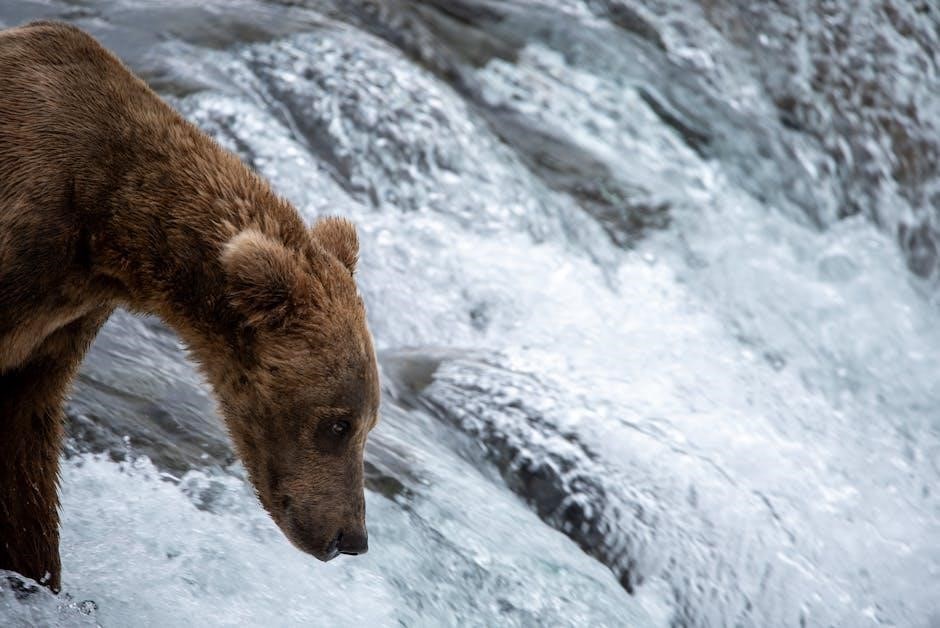
Popular Destinations for Self-Guided Fishing in Alaska
Alaska offers diverse fishing destinations, from remote saltwater spots to pristine freshwater locations, catering to both experienced anglers and independent spirits seeking adventure and abundant fish species.
Kenai Peninsula
The Kenai Peninsula is a top destination for self-guided fishing in Alaska, known for its abundant salmon, halibut, and trout. Its navigation-friendly waters allow anglers to captain their own boats, exploring rivers, lakes, and coastal areas independently. With no guide required, visitors can fish at their own pace, targeting species like sockeye and coho salmon. The Kenai River and Cook Inlet are hotspots, offering both freshwater and saltwater opportunities. This region is ideal for those seeking adventure and the freedom to create their own fishing itinerary.
Inside Passage
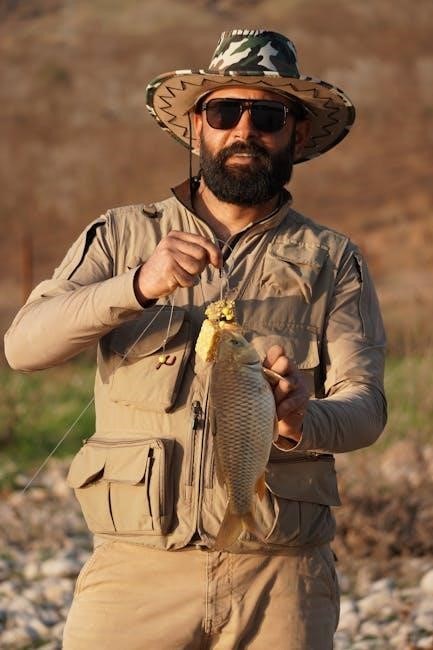
The Inside Passage offers a prime self-guided fishing experience with abundant salmon, halibut, and trout. Summer months see thriving fish runs, attracting anglers to scenic waters. Lodges like Island Point Lodge provide comfortable stays and essential gear. With fully equipped boats, anglers can explore remote areas independently. The breathtaking scenery and rich wildlife make it a unique destination for those seeking both adventure and solitude in Alaska’s pristine landscapes.
Sitka
Sitka is a top destination for self-guided fishing in Alaska, offering abundant opportunities to catch salmon, halibut, and other species. Fish Baranof in Sitka provides comprehensive packages, including rental boats, gear, and lodging, making it ideal for independent anglers. Their custom-built boats are equipped for a seamless fishing experience, catering to both experienced anglers and families. The scenic waters and diverse marine life make Sitka a perfect spot for those seeking adventure and unforgettable fishing memories in a stunning Alaskan setting.
Ketchikan
Ketchikan is a premier destination for self-guided fishing in Alaska, known for its abundant marine life and stunning coastal scenery. Chinook Shores Lodge offers an excellent experience with their fleet of 21 Silver Streak boats, perfect for independent anglers. The waters around Ketchikan are rich with salmon and halibut, making it a hotspot for anglers seeking adventure. With well-equipped rental boats and scenic fishing spots, Ketchikan provides an unforgettable self-guided fishing experience in the heart of Alaska’s wilderness.
Homer
Homer, located on the Kenai Peninsula, is a hotspot for self-guided fishing in Alaska. Its calm and navigation-friendly waters make it ideal for independent anglers. The area is renowned for its abundant salmon and halibut populations, offering a thrilling experience for anglers of all skill levels. With flexible schedules and the freedom to choose your fishing spots, Homer provides a unique opportunity to connect with nature and enjoy a memorable Alaskan adventure on your own terms.
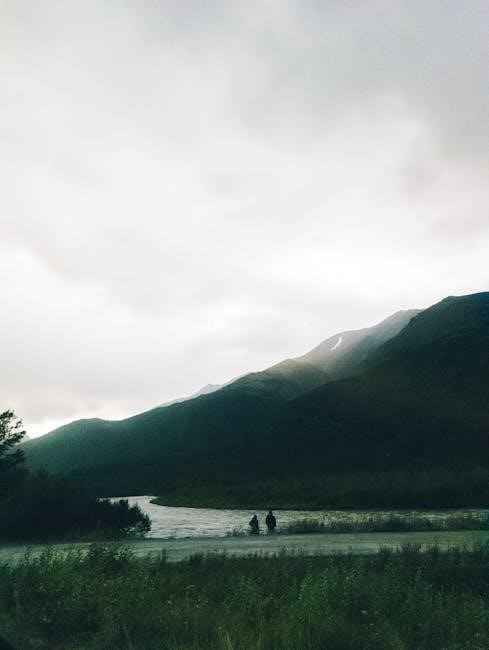
Types of Fish You Can Catch
Alaska offers a variety of fish species, including salmon, halibut, trout, steelhead, and char. These abundant populations make it a paradise for self-guided anglers seeking diverse fishing experiences.
Salmon
Salmon are a top target for self-guided anglers in Alaska, with abundant populations of King, Sockeye, Coho, and Pink salmon. These fish thrive in both saltwater and freshwater, offering diverse fishing opportunities. Known for their strong fights and flavorful meat, salmon attract experienced and novice anglers alike. Popular spots like the Kenai Peninsula and Sitka provide easy access to productive fishing grounds. With proper tackle and techniques, self-guided anglers can successfully land these iconic fish while adhering to local catch limits and sustainable practices.
Halibut
Halibut is a prized catch for self-guided anglers in Alaska, with abundant populations in coastal waters. These powerful fish challenge even experienced anglers, offering thrilling battles. Found in areas like Sitka and the Inside Passage, halibut thrive in deep waters. Self-guided anglers can successfully target them using sturdy tackle and bottom-fishing techniques. Many lodges offer rental boats equipped for halibut fishing, making it accessible for independent anglers to enjoy this iconic Alaskan species while adhering to local regulations and catch limits.
Trout
Alaska offers exceptional self-guided fishing opportunities for trout, including rainbow trout and Dolly Varden. These species thrive in the state’s pristine freshwater lakes, rivers, and streams. Popular spots like the Kenai Peninsula and remote areas near Sitka provide ideal habitats. Anglers can use fly fishing or spinning gear to target trout in scenic, untouched environments. Self-guided fishing allows you to explore these locations at your own pace, making it a rewarding experience for those seeking solitude and connection with nature.
Steelhead
Steelhead trout are a prized catch for self-guided anglers in Alaska, known for their strong fighting ability and flavorful flesh. Found in rivers and streams, they migrate between freshwater and saltwater, making them accessible in various locations. Popular spots include the Kenai Peninsula and Sitka, where anglers can wade or cast from shore. Self-guided fishing for steelhead allows anglers to explore remote areas at their own pace, offering a thrilling and immersive experience in Alaska’s stunning wilderness.
Char
Char, including Dolly Varden and Arctic char, are highly sought-after species in Alaska’s self-guided fishing adventures. These fish thrive in cold, clear waters, often found in remote rivers and streams. Anglers can target char using light tackle and flies, with summer months offering prime opportunities. Self-guided fishing for char allows anglers to explore untouched wilderness areas, providing a unique and rewarding experience. Their vibrant colors and strong fighting spirit make them a memorable catch in Alaska’s pristine waters.
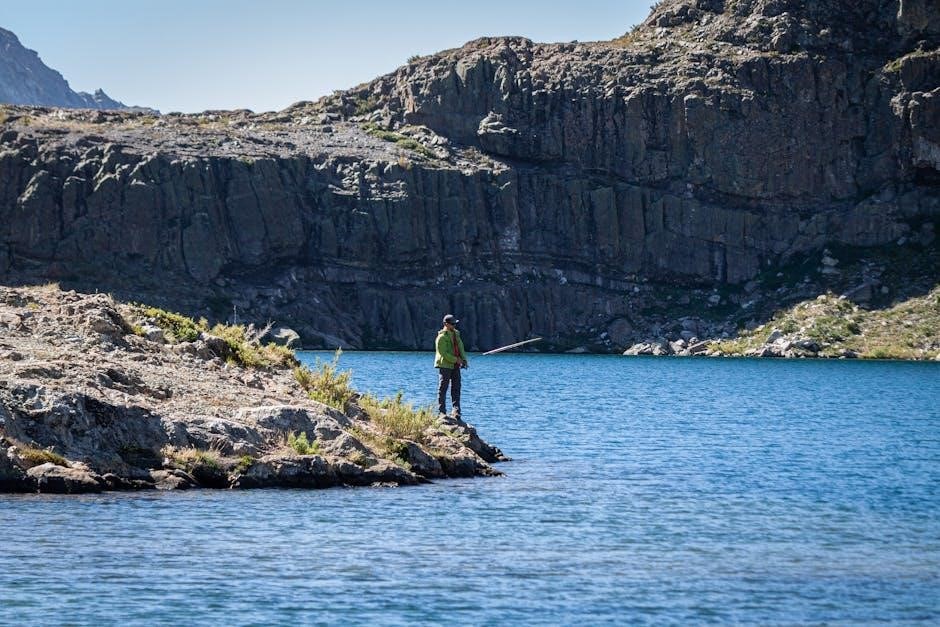
Planning Your Trip
Planning ahead is crucial for a successful self-guided fishing trip in Alaska. Research destinations, timing, and gear needs. Book lodges and rentals in advance to ensure availability and convenience.
Best Time to Go
The best time for self-guided fishing in Alaska is during the summer months, typically from June to September. This period offers peak fishing opportunities for species like salmon, halibut, and trout. The Inside Passage and Kenai Peninsula experience abundant fish runs, making these locations ideal for anglers. Mild weather and long daylight hours enhance the fishing experience, allowing anglers to maximize their time on the water and increase their chances of a successful catch.
How to Get There
Travelers can fly into major Alaskan airports like Juneau International Airport (JNU) or Ted Stevens Anchorage International Airport (ANC). From there, smaller flights or ferries connect to destinations like Ketchikan, Sitka, or Homer. The Alaska Marine Highway System offers ferry services to coastal towns, ideal for those bringing gear. Renting a car or boat upon arrival provides flexibility for exploring remote fishing spots. Local charters and shuttles are also available for accessing harder-to-reach locations.
Where to Stay
Alaska offers a variety of accommodations for self-guided fishing trips. Lodges like Calder Mountain Lodge and Coffman Cove Bears Den provide comfortable stays with stunning views. Waters Edge Lodge in Elfin Cove offers all-inclusive packages with equipped boats. Many lodges include meals, gear rentals, and access to fishing areas. Vacation rentals and cabins are also popular for those seeking privacy. Staying near fishing hotspots ensures easy access to prime locations, enhancing your independent fishing adventure.
Licensing and Regulations
A valid Alaska state fishing license is required for all anglers. Licenses can be purchased online and must be carried while fishing. Annual renewal is necessary.
State Fishing Licenses
A valid Alaska state fishing license is required for all anglers, whether resident or non-resident. Licenses can be purchased online through the Alaska Department of Fish and Game website. Non-residents have the option of annual or short-term licenses, depending on the duration of their stay. Residents must provide proof of residency to qualify for lower rates. Licenses must be carried while fishing, and renewals are required annually. Some lodges may assist with licensing arrangements for convenience.
Local Regulations
Local regulations vary by region in Alaska, ensuring sustainable fishing practices. Anglers must adhere to specific gear restrictions, catch-and-release areas, and seasonal closures. For example, the Kenai Peninsula and Sitka enforce strict limits on certain species. Additionally, some areas may require the use of single, barbless hooks. It’s crucial to check with local fish and wildlife authorities or tackle shops for up-to-date information before your trip to ensure compliance and protect Alaska’s fisheries.
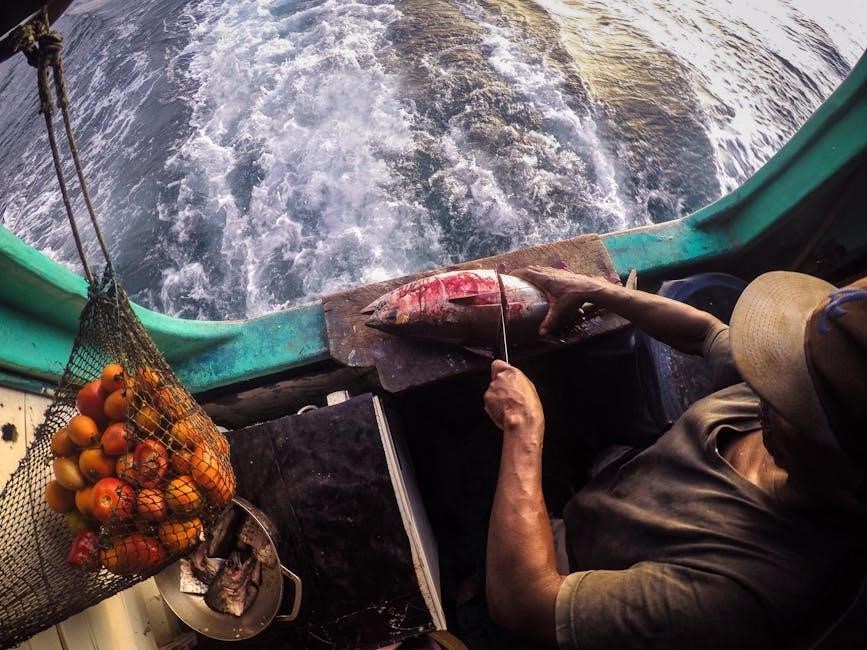
Permits and Catch Limits
Obtaining the correct permits is essential for self-guided fishing in Alaska. A valid Sport Fishing License is required for all anglers. Additional permits, such as a King Salmon Stamp, may be needed for specific species. Catch limits vary by species, location, and season, ensuring sustainable fishing practices. For example, salmon and halibut have strict daily limits to protect populations. Always check local fish and wildlife guidelines before your trip to avoid penalties and help conserve Alaska’s fisheries for future generations.
Essential Gear and Equipment
Essential gear for self-guided fishing in Alaska includes high-quality rods, reels, and bait. Lodges often provide equipment and boats for salmon and halibut fishing adventures.
Fishing Gear Essentials
For self-guided fishing in Alaska, essential gear includes sturdy rods, reels, and bait tailored for your target species. Spoons, spinners, and lures are popular for salmon and trout, while halibut fishing requires heavy-duty tackle. A tackle box with assorted hooks, sinkers, and swivels is a must. Nets, fishing gloves, and a first-aid kit are also recommended. Many lodges provide gear rentals, ensuring you’re well-equipped for a successful adventure without the need for a guide.
Tackle Recommendations
For self-guided fishing in Alaska, tackle should match your target species. Use spoons or spinners for salmon, while heavy-duty setups with live bait are ideal for halibut. Trout and steelhead respond well to small lures or flies. Bring a variety of hooks, sinkers, and swivels to adapt to conditions. Braided lines and sharp hooks are essential for battling large fish. Many lodges offer tackle rentals, ensuring you’re prepared for the adventure without needing to bring everything from home.
Boat Requirements
For self-guided fishing in Alaska, a reliable boat is essential. Opt for a sturdy, 22-foot or larger vessel with a deep V-hull to handle rough waters. Ensure it’s equipped with GPS, a fish finder, and safety gear like life jackets and flares. Many lodges offer rental boats designed for fishing, such as center-console models. Check for features like rod holders, storage, and a reliable motor. Custom-built boats are ideal for navigating Alaska’s diverse fishing spots, ensuring a successful and safe adventure.
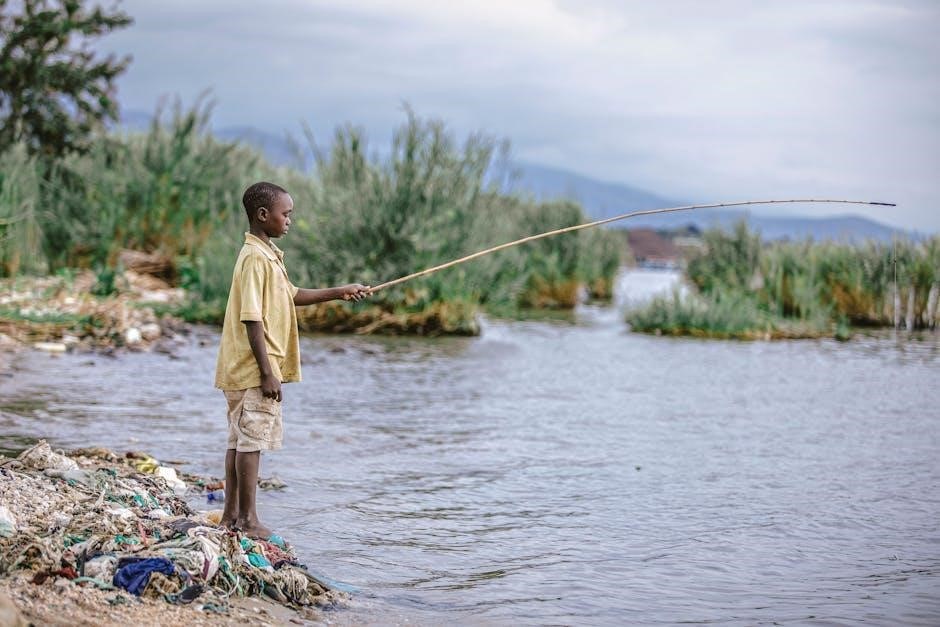
Choosing the Right Fishing Technique
Mastering techniques like trolling, casting, or bottom fishing is key to success. Adapt methods to target species and water conditions, and seek local tips for optimal results.
Saltwater Fishing Techniques
Saltwater fishing in Alaska offers exciting opportunities to catch species like salmon and halibut. Common techniques include trolling, casting, and bottom fishing. Anglers should use sturdy gear to handle large fish. Being adaptable and open to local advice can enhance success. The chance to reel in trophy-sized fish in breathtaking coastal settings makes saltwater fishing a must-try for any adventurous angler in Alaska.
Freshwater Fishing Techniques
Freshwater fishing in Alaska is ideal for targeting species like trout, steelhead, and char. Techniques include fly fishing, spin casting, and drift fishing. Anglers often wade in rivers or cast from shore. Using lures mimicking baitfish or insects can be effective. Reading water currents and structure is key to locating fish. Light to medium tackle is typically sufficient, and patience is rewarded in Alaska’s pristine freshwater environments. Early morning and late evening are prime times for success.
Local Tips and Strategies
Local anglers recommend studying tide schedules and moon phases to locate active fish. Using locally sourced bait and lures often yields better results. Pay attention to water depth and structure, as species like halibut and salmon frequent specific areas. Packing layered clothing and staying adaptable to weather changes is crucial. Respecting Alaska’s wildlife and environment ensures sustainable fishing practices. Engaging with local communities and fishing reports can provide valuable insights for a successful trip.
Boat Rentals for Self-Guided Fishing
Boat rentals for self-guided fishing in Alaska are readily available, offering fully equipped vessels and flexible packages tailored to meet all anglers’ needs and preferences.
Available Options
Boat rentals for self-guided fishing in Alaska include a variety of options, from 21-foot Silver Streak boats to 22-foot center-console vessels, fully equipped with gear. Many lodges, such as Chinook Shores Lodge, offer fleets of rental boats designed for independent anglers. Custom-built boats with state-of-the-art features are also available, catering to both experienced anglers and families. Rentals often come with essential gear, ensuring a seamless fishing experience in destinations like Sitka, Ketchikan, and Homer. These packages provide flexibility and convenience for anglers seeking adventure.
What to Look for in a Rental
When selecting a boat rental for self-guided fishing in Alaska, consider the vessel’s condition, safety features, and navigation ease. Ensure it includes essential gear like rods, reels, and tackle. Choose boats with reliable engines and sturdy construction for rough waters. Check for maintenance records and availability of emergency equipment. Opt for rentals that offer 24/7 support and flexible return policies. Ensure the boat size accommodates your group and fishing needs, whether saltwater or freshwater adventures. Prioritize rentals from reputable lodges or providers with positive reviews for a seamless experience.
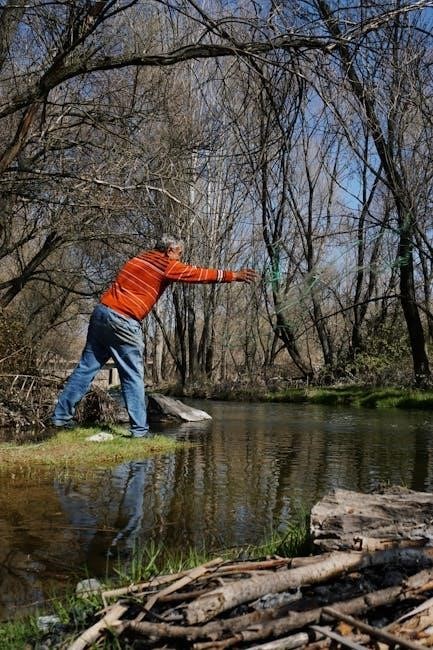
Safety and Precautions
Always check weather forecasts and sea conditions before heading out. Carry emergency kits, communication devices, and ensure your boat is well-maintained. Stay prepared for unpredictable Alaskan conditions.
Weather Considerations
Alaska’s weather is unpredictable, with rapid changes in conditions. Strong winds, rough seas, and fog can impact fishing trips. Always check forecasts before heading out, especially in coastal areas. Monitor NOAA updates for storm warnings and sea state conditions. Dress in layers to adapt to temperature fluctuations. Be prepared for variable weather, as it can significantly affect your fishing experience and safety. Stay informed to ensure a successful and safe self-guided fishing adventure in Alaska’s wild waters.
Emergency Preparedness
Always carry an emergency kit with essentials like a first-aid kit, flares, and a portable GPS. Ensure your boat is equipped with a reliable communication device, such as a satellite phone or VHF radio. Inform someone of your itinerary, including where you’re fishing and when you plan to return. Be prepared for unexpected situations like mechanical failures or medical emergencies. Knowledge of basic first aid and navigation is crucial for self-guided fishing in Alaska’s remote and unpredictable environment.
Gear Maintenance
Regular maintenance of your fishing gear is essential for a successful trip. Inspect rods, reels, and lines for wear and tear, and clean or replace them as needed. Store lures and tackle in organized containers to prevent damage. Lubricate reels and check drag systems to ensure smooth operation. Clean and dry gear after each use to prevent rust and corrosion. Properly maintain your boat’s engine, propeller, and hull to avoid mechanical issues. Always follow manufacturer guidelines for equipment care to ensure reliability during your self-guided fishing adventure in Alaska.
Budgeting and Cost Considerations
Self-guided fishing in Alaska can be cost-effective with proper planning. Lodges like Coffman Cove Bears Den offer affordable packages, while all-inclusive options simplify budgeting for gear, lodging, and meals.
Typical Costs
Self-guided fishing in Alaska varies in cost depending on location and services; Lodges like Coffman Cove Bears Den offer affordable packages starting at $200/day, while others like Chinook Shores Lodge provide boat rentals for $400-$600 daily. Waters Edge Lodge offers all-inclusive packages around $1,000/day. Budget-friendly options include renting gear and boats separately, with rods and reels available for $20-$50/day. Compare packages and book in advance, especially during peak season, to ensure the best value for your fishing adventure.
Ways to Save Money
Planning ahead and booking off-season packages can significantly reduce costs. Consider bringing your own gear to avoid rental fees. Opting for longer stays often leads to better per-day rates. Lodges like Coffman Cove Bears Den offer affordable packages, while others provide discounts for group bookings. Cooking meals instead of dining out and splitting costs with fellow anglers can also help stretch your budget. Researching lodges with inclusive deals ensures you get the best value for your self-guided fishing adventure.
All-Inclusive Packages
All-inclusive packages for self-guided fishing in Alaska offer convenience and value. Many lodges, like Calder Mountain Lodge and Fish Baranof, provide packages that include rental boats, gear, lodging, and meals. These deals often cover essentials, allowing anglers to focus on fishing without extra planning. Some packages also feature guided orientations to help anglers navigate local waters. This option is ideal for those seeking a hassle-free experience, ensuring a memorable and well-organized fishing trip in Alaska’s stunning wilderness.
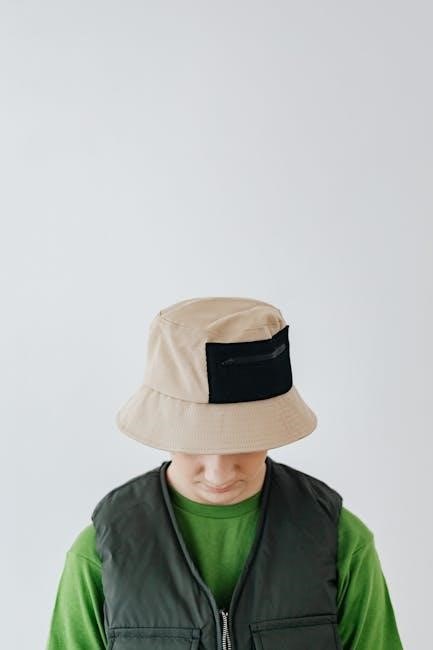
Tips for a Successful Trip
Thorough preparation, gear checks, and understanding local conditions are key to a successful self-guided fishing trip in Alaska. Flexibility, respect for nature, and a positive attitude enhance the experience.
Respecting the Environment
Respecting Alaska’s pristine environment is crucial for sustainable fishing. Practice catch-and-release, avoid sensitive habitats, and properly dispose of waste. Adhere to local regulations to protect fish populations and wildlife. Be mindful of your impact on ecosystems and wildlife habitats. Handle fish gently to ensure their survival after release. Support eco-friendly lodges and local conservation efforts to preserve Alaska’s natural beauty for future anglers. Sustainable practices ensure the longevity of this incredible resource.
Planning Ahead
Planning ahead is essential for a successful self-guided fishing trip in Alaska. Research top fishing spots, seasons, and weather conditions to maximize your experience. Book accommodations and boat rentals in advance, especially during peak seasons. Familiarize yourself with local regulations and obtain necessary permits. Pack appropriate gear and supplies, considering remote locations. Stay flexible with weather changes and fishing conditions. Proper planning ensures a seamless and enjoyable adventure in Alaska’s vast wilderness.
Staying Flexible
Staying flexible is key to a successful self-guided fishing trip in Alaska. Weather conditions can change rapidly, and fish behavior may vary unexpectedly. Be prepared to adapt your plans based on daily fishing reports and environmental factors. Having backup plans for locations and techniques ensures you make the most of your time. Flexibility also allows you to embrace unexpected opportunities, like exploring new fishing spots or enjoying scenic views. Balancing preparation with adaptability enhances your overall experience in Alaska’s dynamic wilderness.
